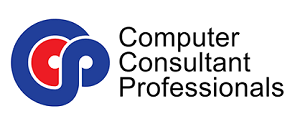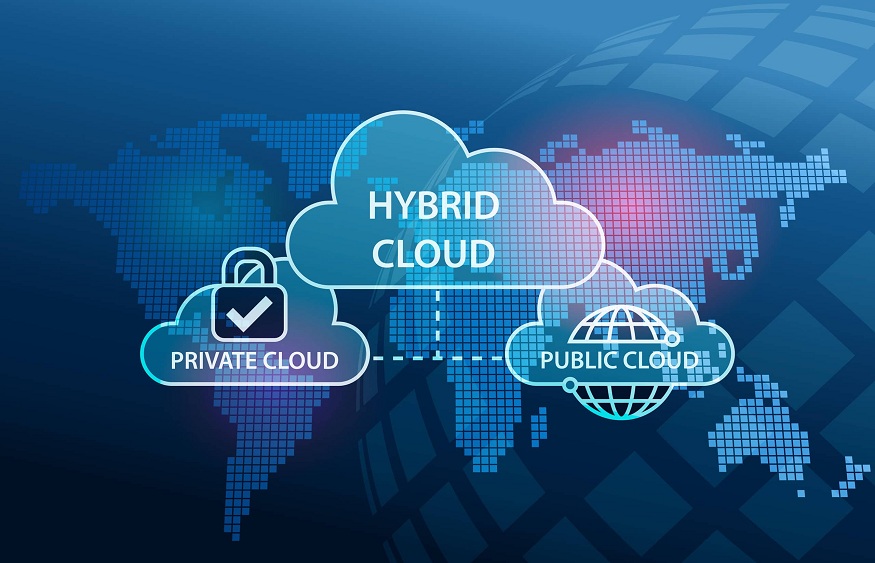There is no denying the growth of cloud computing since more and more companies are adopting cloud computing as their standard operating procedure. But how can you pick the ideal service for your company when so many possibilities are available? You can use this list of factors to guide your decision-making.
Flexible delivery model
With so many cloud delivery methods, customers have more options and greater flexibility. Some cloud vendors allow customers to switch delivery methods when business requirements change without the need to update settings or the user interface.
You must first choose whether your business is best suited for a public, private, or hybrid cloud that offers private features in a public cloud. A public cloud provides a shared environment where hardware, network, and storage are stored in the provider’s data center, and the public cloud provider controls each firm’s data.
A private cloud, on the other hand, maintains services and infrastructure on a private network behind a firewall. Though it costs much more than a public network, it provides more control. A hybrid cloud enables an organization to employ private and public choices for certain aspects of its operations. Additionally, it is occasionally possible to swap back and forth between private and public cloud modes.
Companies must also decide which service model to use when choosing a cloud solution. The three primary components, or levels, of cloud computing architecture, are technology, application, and information.The three main service models—software as a service, infrastructure as a service, and platform as a service—are used to supply these architectural layers.
Security
Identify the security levels present in the data center and the application. How will the cloud provider safeguard your information against malware, hackers, and theft? Another crucial topic to ask is whether a vendor employs one of the major providers or has its own data center and cloud computing infrastructure. Going with one of the prominent suppliers has the benefit that other packages are also developed on these platforms, making it possible for businesses to more easily link systems, such as an ERP, with a CRM program.
However, there are advantages to employing an internal data center, such as controlling updates and modifications and keeping company data close to hand. Similar to network security, cloud security guarantees the safety of your data. Inquire about the network and server security procedures that prospective providers have implemented to safeguard your data. Encryption, firewalls, antivirus protection, and multifactor user authentication are security features to check for.
Recovery and backup
Find out about the contingency, backup, and recovery strategies and the liabilities for the platform and the data of the cloud provider you are considering. These are crucial because, with a cloud solution, your data will probably be stored off-site. As a result, you want to be sure that your company’s data is secure, backed up, and has a solid recovery strategy in place.
Accessibility
What is the preferred method and source for accessing the data on your cloud drive? You can use your device’s cloud storage in one of two ways: Use the cloud storage only as a backup copy and manually upload or update the file there, or use desktop applications (if offered by the cloud drive provider) to synchronize changes you make to the file on your device with those in the cloud.
Avoid copying the file to your PC and work with it there. This helps you increase the storage space on your device. Make sure you have the tools you need on the device to support how you want to view or interact with them. You should also confirm that the cloud drive provider supports your specific devices because new ones are constantly being created.
Upgrades
Since deployment cycles for cloud apps are shorter than for on-premises applications, cloud vendors frequently respond more quickly to innovation and new features. However, you should confirm that these improvements are performed often and without charge. Determine the frequency of product upgrades by evaluating the vendor’s roadmap.
A test database or system should also permit data manipulation, setup, and new upgrades or updates so the IT staff may test new features or procedures and find any mistakes. Customers should be given enough time to try the new version’s features and make any necessary adjustments to business procedures.
Scalability
You may also want to inquire about scalability and your provider’s capacity to fulfill your expanding needs if your business is anticipated to grow soon. Assess the scalability of the cloud provider using infrastructure elements, including bandwidth, load balancers, servers, data warehouses, etc. Examine its degree of service and long- and short-term growth strategies.
Will the cloud service provider be able to sustain and enhance service levels as its clientele and business expand? Projects to adopt cloud software often require a preliminary assessment of the customer’s hardware and bandwidth by the vendor, as well as technical advice on how to enhance both.
Training and assistance
Users must receive training to use the cloud software to its fullest extent. Verify the cloud provider’s training programs are comprehensive. Similarly, find out what kind of training is offered for new users and system upgrades. If your business has issues or unique inquiries, make sure the cloud provider can address them.
Customer service agreements
The service level agreement (SLA) must include penalty clauses and conditions for unfulfilled or undelivered services and clearly stated service level expectations. Make that the cloud vendor offers services besides just delivering applications (such as business problem-solving, training, implementation help, and customer service).
The agreement should cover some of these valuable issues:
- The ownership of the data—whether it belongs to the vendor or the customer
- The process by which the customer would reclaim their data in the event of the termination or expiration of a subscription contract
- The speed at which the vendor would respond to requests from the customer for data changes.
The takeaway
Conduct reference checks with reputable clients who have been with the cloud provider for longer than the contract’s original terms to assess the cloud provider’s capability to fulfill your organizational requirements.

